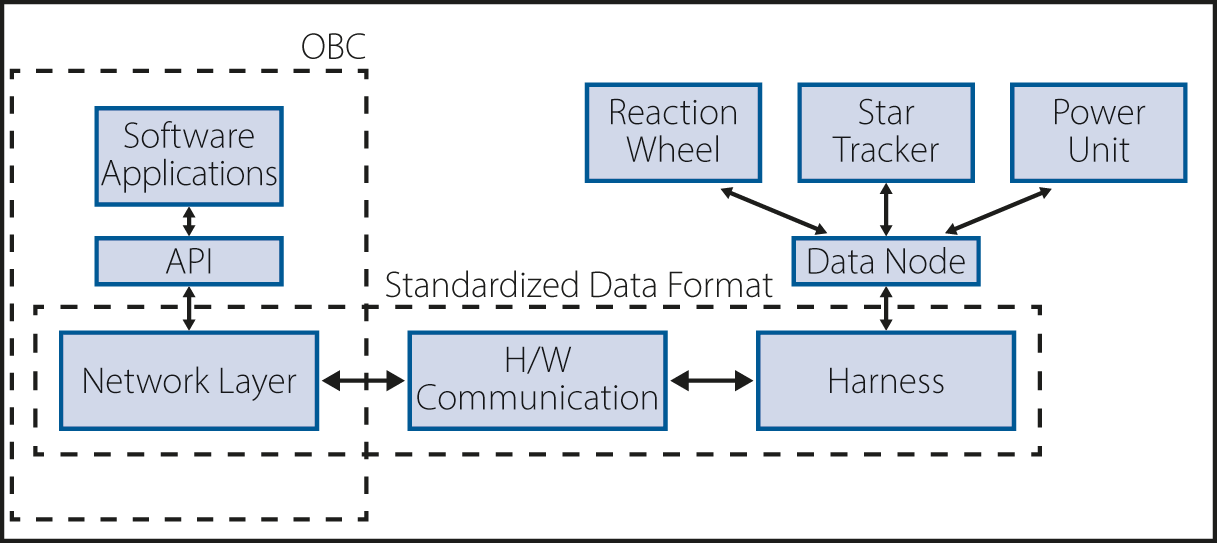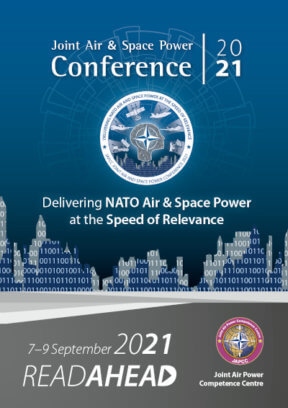Introduction
Space-based assets are a highly strategic element for advanced militaries, to provide critical intelligence as well as command and control. Though this has been accepted for quite some time, recent years have seen a number of countries take further organizational, policy, and operational steps to update their Space outlook. In 2019, Space was declared an operational domain and an official Space policy was agreed on (though it remains classified), advancing NATO Space strategy to meet the present and future challenges. Today NATO’s Space capabilities are based on the national assets of various Alliance members. NATO is one of the enduring military Alliances with continued long-term relevance. Operating in Space has become increasingly collaborative in nature, due to the high complexity and elevated costs. Consequently, the NATO framework would make it easier to leverage its Members’ relative strengths and capabilities across the Alliance, by executing Space missions in partnership.
Satellites are essential military assets; however, they are extremely fragile and vulnerable. They operate in harsh conditions, with extreme temperatures and almost no protection from physical or cyber-attacks. Their development and deployment timelines are long and expensive, which means that enemies have the time to study their systems and their replacement is not immediate. In a nutshell, they represent a low-risk/ high-reward military target. Disaggregation or rapid replacement of Space assets have been some of the most effective strategies to mitigate Space vulnerabilities.
The current problem is that Spacecraft production is often a very long and expensive process. It takes years to assemble a satellite that will last at maximum up to 15 years. The requirements for satellite systems have remained unchanged in the past ten years.1 Satellite manufacturers use customized systems limiting spacecraft design options, in a process that is long, expensive, and complex. Satellite system resiliency is compromised by the current state of the manufacturing cycle and for scale production up to 80 % of the costs go to contractors to supply customized systems when the actual cost is only 20 %.2 This cost for customization is due to the lack of interoperability between the suppliers since there is no single standard for hardware and software communication. Integrating components from a myriad of manufacturers presents a challenge that until now could result in significant increases of production time and costs.
The ability to build a satellite with plug-and-play subsystems, as one would build Lego, would open new avenues of interoperability and enable mission program flexibility. This capability has been recently developed in the form of a compact universal adapter that would allow this plug-and-playability. The bottom line is that satellites production times and costs can be reduced significantly while increasing project flexibility and overall Space capability resilience.
Evolving Spacecraft Domain
Recent years have seen a significant shift in geopolitical dynamics, leading to uncertainty and the increasing need for Western alliances to adapt quickly to evolving threats in the international arena.3 For the Space domain this can be seen with growing concerns with regards to the development and deployment of anti-satellites capabilities. Large and small countries alike are developing national defence postures to include Space and increasing the amount of military cooperation in this field. These trends generate a demand for rapid responses to unclear scenarios and Space-based intelligence platforms can provide additional clarity for decision-makers.
NATO members are facing a rapidly changing environment, with an increasing need for operational readiness and systems resiliency. A recent JAPCC publication presented the argument that NATO should ‘exert its political influence to ensure that Alliance nations apply resilience concepts for the development of their Space systems’ … and ‘… should strongly foster the selection of resilient, redundant, and synergetic national Space systems – commercial solutions included – to support NATO operations’.4
One way to achieve a resilient Space infrastructure is enabling satellite scale production to allow the replenishment of depleted or damaged resources in a shorter amount of time by increasing the manufacturers’ ability to provide the same product in a fraction of the time without compromising on the quality. ‘Maintaining a robust infrastructure to service or quickly replace disabled satellites will be critical. These are all ingredients of an effective deterrence by denial.’5
NASA has recently issued a call for Batch-Producible Small Spacecraft that will serve as its next-generation fleet of multi-mission spacecraft.
This trend comes from the adoption of the commercial market of serial production of small satellites by new Space companies such as SpaceX, OneWeb, BlackSky, and more, that are utilizing more efficiently these compact satellites compared to the traditional industry.
An accelerated pace of technological and capability advancements increases the likelihood that a new technology will be available for a spacecraft during its development time. Whether or not that new capability will be implemented in the spacecraft will depend on the platform’s flexibility and ability to rapidly incorporate unplanned hardware without negatively impacting the project timeline. As Space companies are spread more around the globe, a prime contractor working to produce a Space system is more likely to be required to integrate a variety of subsystems and components from a multitude of sources that are not coordinated between themselves in terms of standards and protocols. True plug and play opens more doors by making it easier to cooperate with various manufacturers.
NATO’s primary modus operandi is based on interoperability of its members, ‘Future NATO and national systems must be interoperable. Furthermore, NATO should ensure commercially procured services are interoperable with Alliance systems’.6 That said, developing a single standard for Space components is a complex and long-term idea with no resolution on the immediate horizon. However, there are increasing options in terms of component providers and the evolving threat arena demands immediate solutions. Considering the above, the ability to conveniently integrate bespoke components will be a valuable advancement.
A Plug and Fly Solution
The concept of conveniently compatible subsystem integration has been examined in various iterations over the years. Militaries as well as the Space industry recognized the inherent value that this would provide in production of spacecraft. The last major project that was implemented to reduce the time to assemble a satellite using plug and play technology was the PnPSat-1 project initiated in 2004 by the United States Air Force Research Laboratory. While the project eventually managed to assemble a satellite in 4 hours, this was after significant efforts were made towards standardization of components, implementation of new design, and qualifying of subsystems under the new standards.7 The US DoD has estimated that it would require $1 Billion to implement a new unified standard on all existing hardware and software that is in development for next-generation Space programs.8
Connectivity between digital systems on-board a satellite can require up to 20 different interfaces on the hardware and a larger amount on the software protocol for communication. This is due to the heritage of components coming from different domains or organization types (government, agency, commercial, university, other industries) and the unique closed solution that each satellite manufacturer solves with its supply chain (around 25 worldwide).9
A cost-efficient solution is required to bridge the standardization gap in satellite electronics in order to increase component compatibility and achieve faster and more flexible production of satellites. One approach proposed to achieve modularity and plug and play is to utilize a universal and intelligent data node as an intermediate layer between satellite On-Board Computer (OBC) and its subsystem/payload. The data node behaves like a smart data router to connect various units of the satellite to the OBC. Holding a database of subsystem drivers, the node will enable smart functionalities such as device recognition, self-configuration, and driver installation.10

The advantage of this solution is that manufacturers will be able to use current systems off-the-shelf and integrate them through the data node without the need for hardware customization or system integration. This plug-and-play data node enables satellite modularity and flexible architecture, reducing costs and time of satellite manufacturing enabling satellite scale production, effectively achieving a complete plug and fly solution. Systems suppliers will also benefit from it, thanks to its hardware and software compatibility, suppliers will be able to provide their hardware to a wider number of manufacturers, overcoming design limitations. The data node can be placed anywhere on the bus and systems can be plugged and unplugged at any time. During the satellite assembly phase, faulty systems can be replaced immediately without consequences.
Furthermore, this solution also enables faster technology cycle and the testing of new payloads, by lowering the cost of the satellites and allowing faster and automatic integration of new systems into existing ones.
Conclusions
Modern warfare is more dependent than ever on Space infrastructure to provide critical intelligence, communication, and command and control. Modular satellites integrated through plug-and-playable data nodes provide a cost-efficient solution that delivers rapid replacement capabilities, shorter innovation cycle and support for new mission concepts. The current trend of Space agencies, military commands, and new Space companies to support serial production creates opportunities to cross-utilize subsystems technology, sharing resources between domains that until now worked independently. NATO deserves simple but advanced technologies that will help it confront emerging challenges in the 21st century as a 21st century Alliance.











